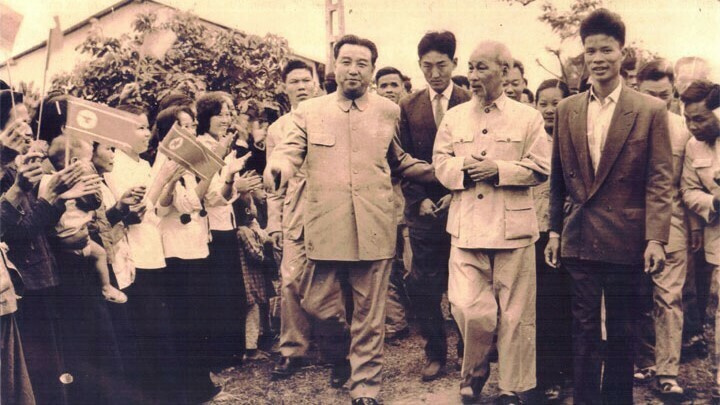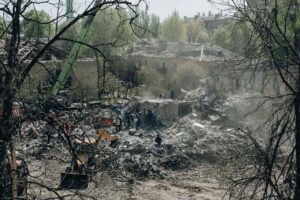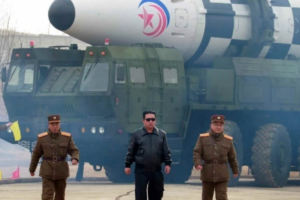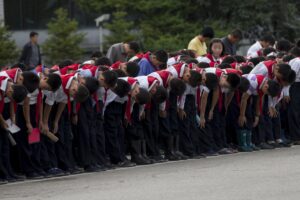If Korea had a twin country, it would probably be Vietnam.
To start with, both countries are of a roughly similar size (220,000 sq.km for both Koreas and 310,000 sq.km for Vietnam) and have a similar population (76 million for both Koreas, 96 million for Vietnam).
If Korea had a twin country, it would probably be Vietnam.
To start with, both countries are of a roughly similar size (220,000 sq.km for both Koreas and 310,000 sq.km for Vietnam) and have a similar population (76 million for both Koreas, 96 million for Vietnam).
Try unlimited access
Only $1 for four weeks
-
Unlimited access to all of NK News: reporting, investigations, analysis
-
Year-one discount if you continue past $1 trial period
-
The NK News Daily Update, an email newsletter to keep you in the loop
-
Searchable archive of all content, photo galleries, special columns
-
Contact NK News reporters with tips or requests for reporting
Get unlimited access to all NK News content, including original reporting, investigations, and analyses by our team of DPRK experts.
Subscribe
now
All major cards accepted. No commitments – you can cancel any time.










